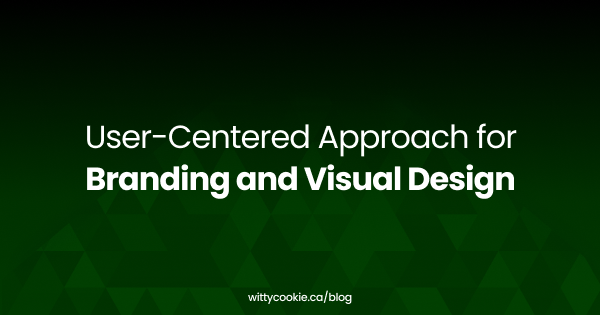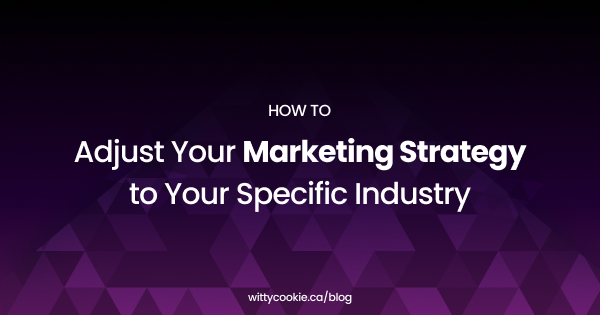User-Centered Approach for Branding and Visual Design
The importance of paying attention to users has risen to new heights. As a result, rather than traditional techniques, we’re hearing a lot about user-centered design.
User-centered design is a method of designing for the actual user’s wants and aspirations. The basic purpose of user-centered design is to develop a product or experience that as closely as possible fits the demands of the user.
This strategy not only improves consumers’ experiences with your goods and services, but it also improves their relationship with you and your brand’s reputation.
So, if you’re interested in learning more about what it is and how it works, continue reading. In this article, we’ll cover all you need to know about user-centered design.
Let’s get right to it.
What is User-Centered Design?
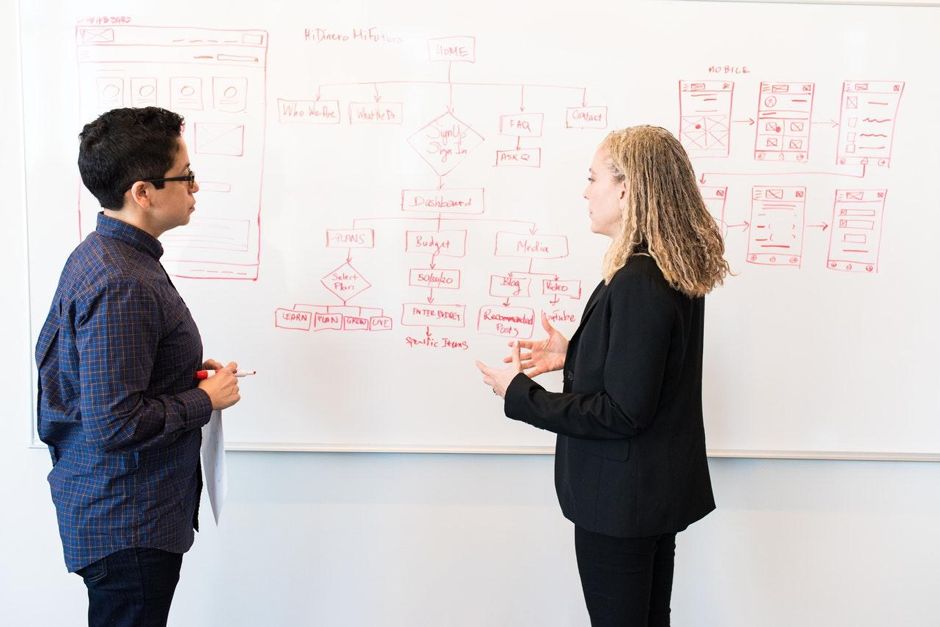
User-centered design (UCD) is an iterative design method in which designers pay close attention to users and their demands at every stage of the process. UCD design teams employ a combination of research and design methodologies to involve users throughout the design process, resulting in highly useable and accessible products for them.
How does User-Centered Design work?
Understanding who the users of a design are, as well as their wants and aspirations, is the first step in the UCD process.
User-centered design considers a product’s or service’s accessibility to all users, taking into account their diverse backgrounds, experiences, and impairments.
UCD focuses on the following areas in particular:
- Understanding the user and the circumstances in which they utilize the product.
- User and business needs are specified.
- Design solutions are created.
- Design evaluations.
How to conduct user-centered design
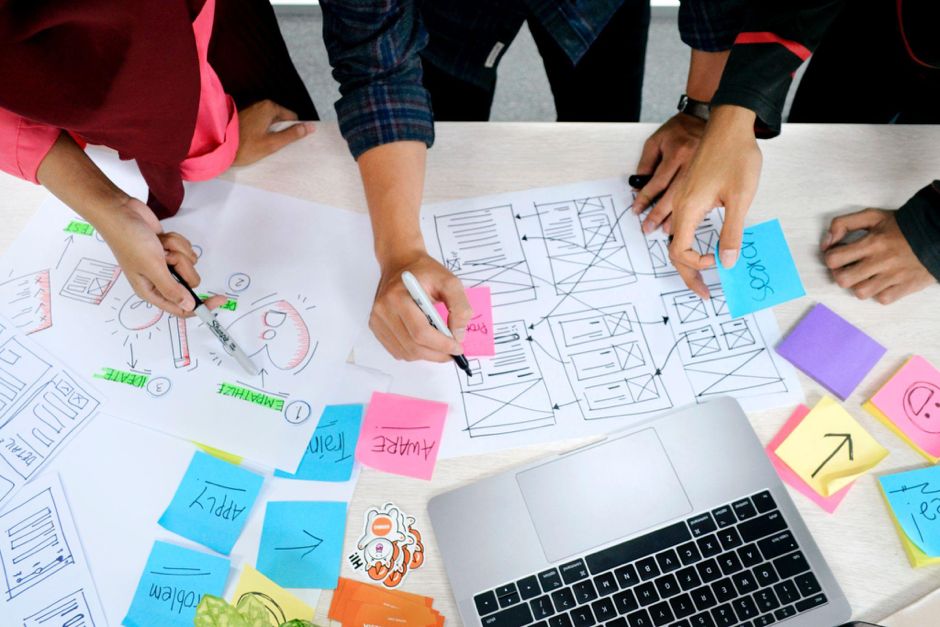
Focus groups
Inviting a group of your target consumers to express their ideas and opinions about a product, a user path, or simply specific difficulties you’ll be fixing with your offering is what a focus group entails.
Aspects of focus groups include:
- It’s a great method to acquire different viewpoints at once, and it’s especially useful for establishing product use cases.
- A skilled moderator is required.
- The majority of the data is qualitative.
- In most cases, a modest sample size is used.
- Costs are quite minimal, particularly when done remotely.
Questionnaires and surveys
Questionnaires and surveys that are well-designed can help you collect a great quantity of statistical data on specific difficulties or wants that your users experience.
Questionnaires and surveys have the following features:
- The feedback is usually quick and straightforward.
- Care must be given while creating effective, unbiased questions.
- Quantitative and qualitative data are both acceptable.
- This enables a bigger sample size to be used.
- Your user base provides you with responders at a reasonable cost.
Interviews
In the early phases of the design process, interviews are extremely useful. The open style helps you to delve deeper into details that could otherwise go unnoticed in other UX research methodologies.
User interviews have the following features:
- It’s useful for getting detailed information on a person’s wants and habits.
- It necessitates the use of a skilled interviewer as well as a thorough examination of the responses.
- The majority of the data is qualitative.
- The sample size is small.
- Time-consuming, with a large opportunity cost as a result.
Usability Testing
Users engage with the product directly during usability testing, while a moderator takes notes and records comments. This was traditionally done in a live setting, but it can now be done asymmetrically with the right tools. It’s a great technique to do ethnographic research and find bugs and other problems.
Usability testing has the following characteristics:
- Used to collect feedback on designs and user interaction.
- To test, at least a created prototype is required. Data can be both qualitative and quantitative.
- Sample size ranges from small to medium.
- When done live, the cost is high; when done using some of the most common tools, the costs are relatively low.
Card Sorting
Card sorting is a user experience technique that is generally used to evaluate and build the overall architecture of a website or application. It usually entails asking people to classify content, sites, and subjects into categories that make sense to them and maybe assisting you with labeling these categories. The idea is to obtain unique insight into how consumers perceive the features and information on your website or app in order to create a user-friendly architecture.
Card sorting has the following characteristics:
- Important in determining structural judgments.
- Data is quantitative.
- A medium sample size is usually used.
- It is relatively time-consuming.
Participatory Design
Participatory design sessions are an excellent technique to directly include people in the creation of various product prototypes. They are, however, better utilized in conjunction with other design processes, rather than as a stand-alone procedure.
- All shareholders (workers, consumers, designers, partners, etc.) are involved in the design process.
- It can yield useful insights but is difficult to execute successfully.
- The information is qualitative.
- A modest sample size is usually used.
- Cost and time are variable.
There is no one research approach that is ideal for user-centered design. It’s critical to understand all of the many approaches available so that you may tailor your research to your design process and readily acquire the knowledge you need to succeed.
Advantages of user-centered design
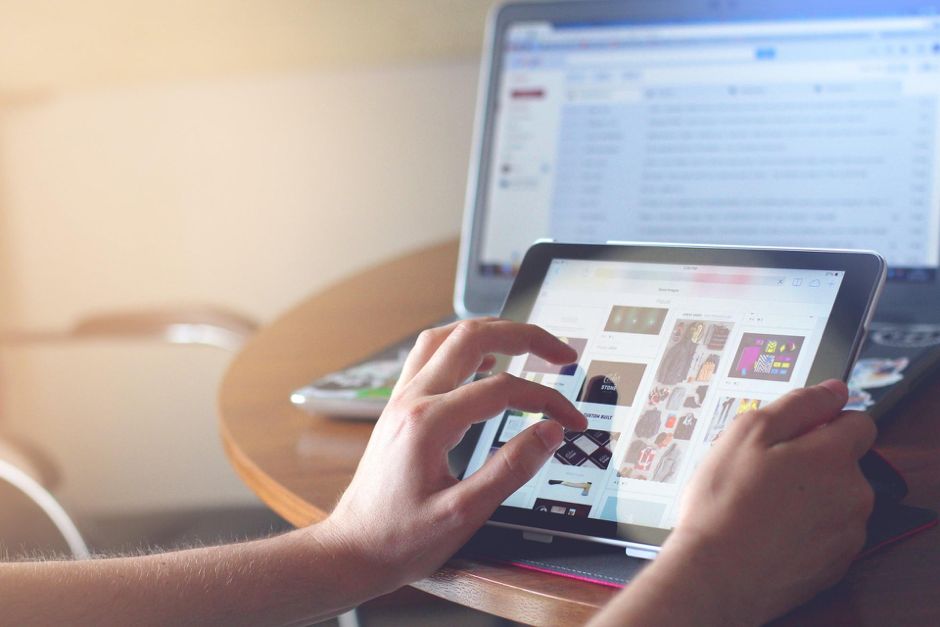
There are several advantages of using user-centered design. As a result, many businesses are beginning to apply it. Here are some of the most important benefits.
Cost and risk reduction
In an uncertain situation, when you don’t know whether people will like the design of the product you created, there is a danger that they will not. If this occurs, you will be compelled to restart the design process, which will result in increased costs.
In contrast, by incorporating consumers in the development process, user-centered design minimizes the likelihood of user dissatisfaction while also lowering the cost of resource participation, testing charges, and other costs.
Higher customer satisfaction
As you might guess, including consumers from the start of the design process ensures that you end up with a product that meets all of their preferences and expectations. As a consequence, you may expect greater and enhanced client happiness, which will lead to better reviews, a better company image, and a rise in sales.
Increased productivity
If you start from the beginning with how people want your product to be, you’ll be confident in your work from start to finish, without having to go back and start from scratch over and again.
As a result, you may enhance and boost your productivity, providing your company with more continuity and the opportunity to produce more sales.
Tools that can help user-centered design process
1. Amberscript’s automatic transcription software
When doing focus groups and interviews, you may find it necessary to capture customer comments in order to have a point of reference when designing your product.
Nonetheless, playing and relistening to the audio numerous times may be a waste of time, effort, and complexity in order to grasp all of the important elements.
As a result, having such views and opinions in writing may be beneficial.
Instead of manually transcribing all of the audio, which may take a long time, you can utilize a solution that automates this process, such as Amberscript’s automatic transcription software, for this purpose.
This program allows you to submit an audio recording and have it automatically converted into text within seconds, with a high percentage of accuracy, and with the option to alter the text as needed or desired using an editor.
2. Test usability tool
To conduct a usability test, you will most likely require a technology that allows you to record video of consumers engaging with your product and identify any issues.
You may execute usability tests on your website and mobile app using a test usability tool. You may construct a single or multi-source test, schedule it to run for minutes or hours, and receive real-time feedback.
You may also export your videos and findings so that you have all the information you need to make decisions.
3. Presentation slide templates
Having all of the information in one place will allow you to better envision and implement all of the ideas and views.
You may consider giving a presentation for this reason. You may utilize presentation slide templates to specify the designing process and steps to take instead of starting from scratch.
You may also be able to share it with people to assist them understand your aims and if they would like them or not.
Conclusion
User-centered approaches have been shown to be more effective than those that do not include users.
This occurs because directly integrating consumers allows organizations to develop efficient solutions that will fulfill the demands of the users and be successful while minimizing waste of resources and time.
As demonstrated in this blog article, there are several benefits to implementing a user-centered strategy in your organization, with improved customer satisfaction and ROI being only two of them.
Thank you for reading this article. Hopefully, you found it informative.
If your want to read more, please check out this article about the evolution of web designing over the decades.
Author
Flavia Silipo is a skilled SEO copywriter and digital marketing specialist with over two years of experience. You can find her on LinkedIn.
